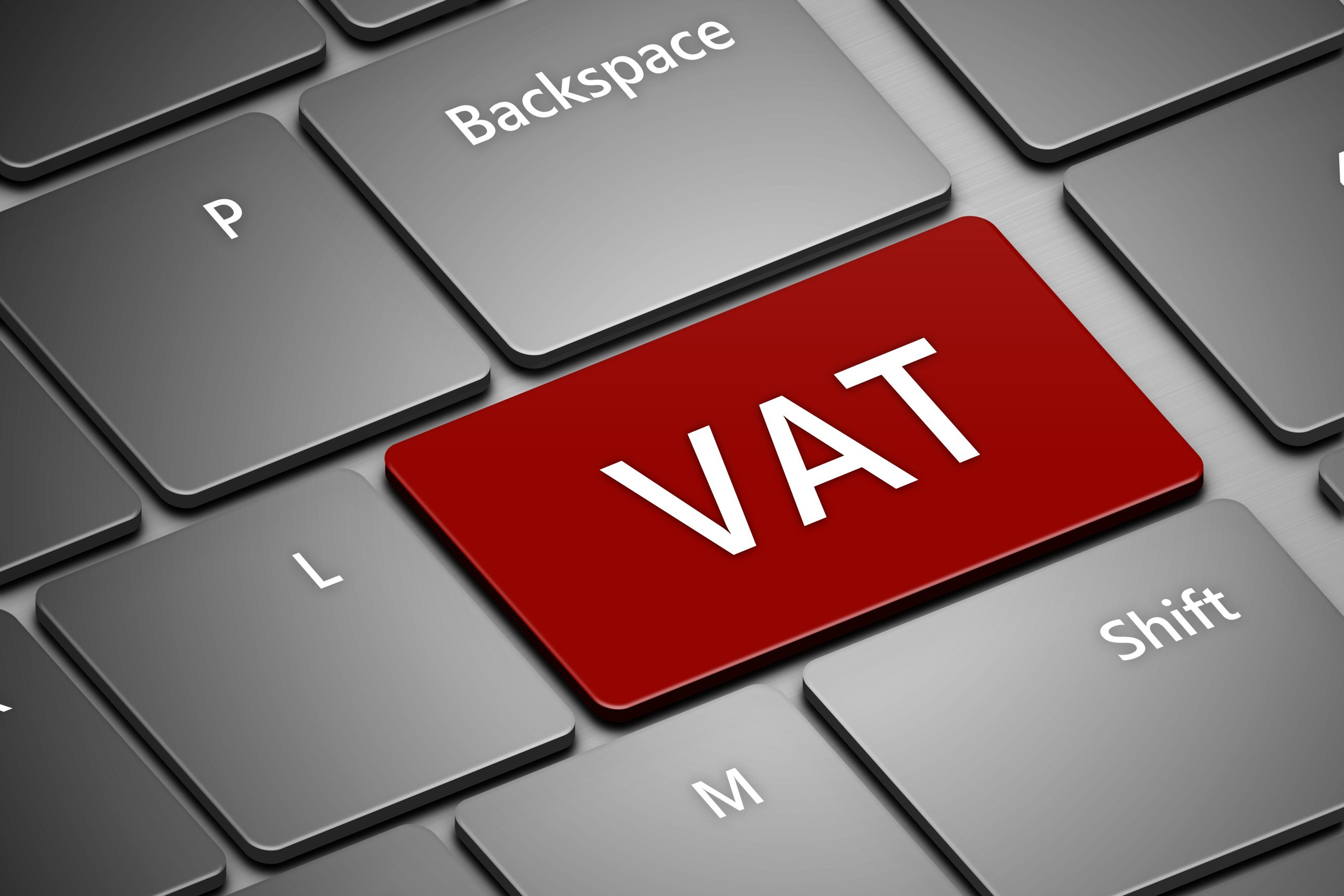Value Tax on Added Value is a crucial aspect of the transactions in the financial sector in the United Kingdom. Knowing how to file a VAT tax return is crucial for any company who are VAT registered with HMRC. This complete guide will help companies navigate the financial world by providing valuable insight into the VAT return process.

What is VAT? Why is it important?
VAT is a tax based on consumption that is levied on goods and services. When your business is VAT-registered it is required to account for the VAT that was imposed for your services or goods. It’s about collecting VAT from customers, and then remitting it to HMRC and providing your customers with an invoice or receipt informing them of the VAT that was included in the sale. You’ll also receive an invoice from VAT when you buy goods. This will display the amount of VAT that was added to your purchase. Making sure you keep precise documents of these transactions are vital to claim VAT from HMRC.
The Basics of VAT Returns
One of the most important requirements for businesses registered for VAT is filing regular VAT returns to HMRC. VAT returns are a form of documentation that summarizes the sales and purchases that a company has made during the specified time. Businesses can utilize it to document the tax they received from their clients, as well as the VAT they paid themselves. This is usually reported on a quarterly basis. For more information, click VAT Return Guide
How to file your VAT return An easy-to-follow guide
1. Know Your VAT Period Before you begin the filing process, it’s essential to know your VAT timeframe. In the UK many businesses file quarterly VAT returns. Ensure you have a clear knowledge of the beginning and ending dates of your VAT period.
2. Compile Information on Sales and Purchases: Gather pertinent details about your sales and purchases throughout the duration of VAT. This includes invoices for sales to customers as well invoices for purchases made from suppliers.
3. Calculate the output tax: Output taxes are the amount of VAT you’ve paid to your customers. Calculate your total output tax by adding the VAT of each sale made during the VAT timeframe.
4. Input tax is calculated by adding up the VAT on all of your purchases made during the period of VAT. Calculate the amount of input tax by adding the VAT paid on all your purchases throughout the VAT timeframe.
5. Filling out the VAT Return Complete the HMRC VAT return form with the information you have gathered. This form is divided into sections that show your total sales and purchases, along with output tax and input tax.
6. The VAT Return must be submitted to HMRC When the form has been completed in a timely manner, submit it to HMRC within the deadline. HMRC’s Making Tax Digital service allows you to submit your VAT tax return online. This is a practical way to meet your tax obligations as a VAT payer.
Beware of these common mistakes
If you are late in filing your VAT return penalties could apply. If you’re not on time for filing, it could result in the financial impact on your business.
Incorrect information: Verify every detail on your tax returns for accuracy. Incorrect figures or calculations can lead to a variety of discrepancies and even issues with HMRC.
Inability to Reclaim Eligible input Tax: Businesses can claim VAT paid on eligible purchases. Make sure you are aware of the input tax you are entitled to recover, since it could significantly impact the total VAT liability.
You can also read our conclusion.
The process of navigating the world of VAT returns is an essential aspect of managing finances for businesses in the UK. In order to properly submit a VAT return, understanding the complexities of VAT returns and having a complete VAT guide is vital to ensuring financial compliance and the efficient operation of your business.
Businesses must make sure that they approach VAT returns with care and with exactness. Learning the procedure, avoiding mistakes and using the resources available can aid companies in reducing their VAT requirements. This can help to ensure security of finances and regulatory compliance. Whether you’re a seasoned business owner or new to the world of VAT, staying informed and proactive in your approach to tax returns is essential to creating a stable financial environment for your business.
